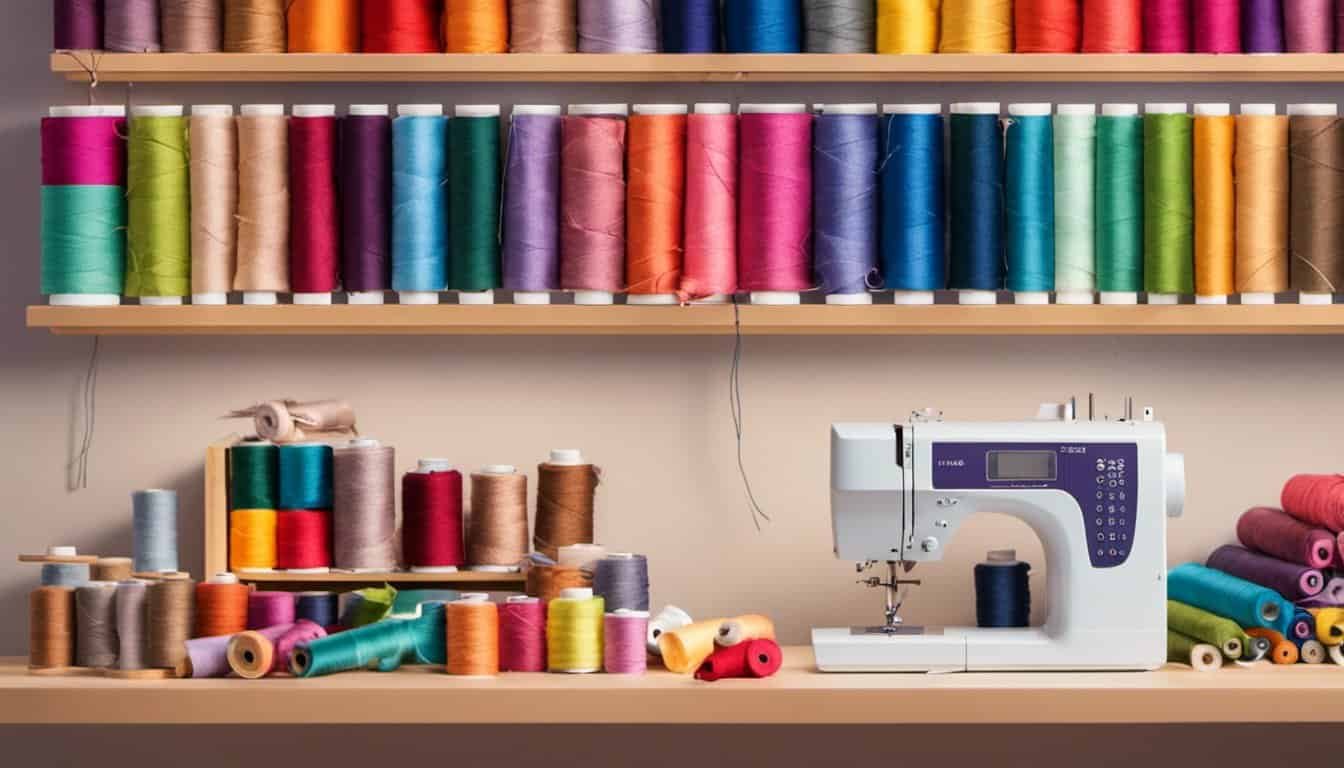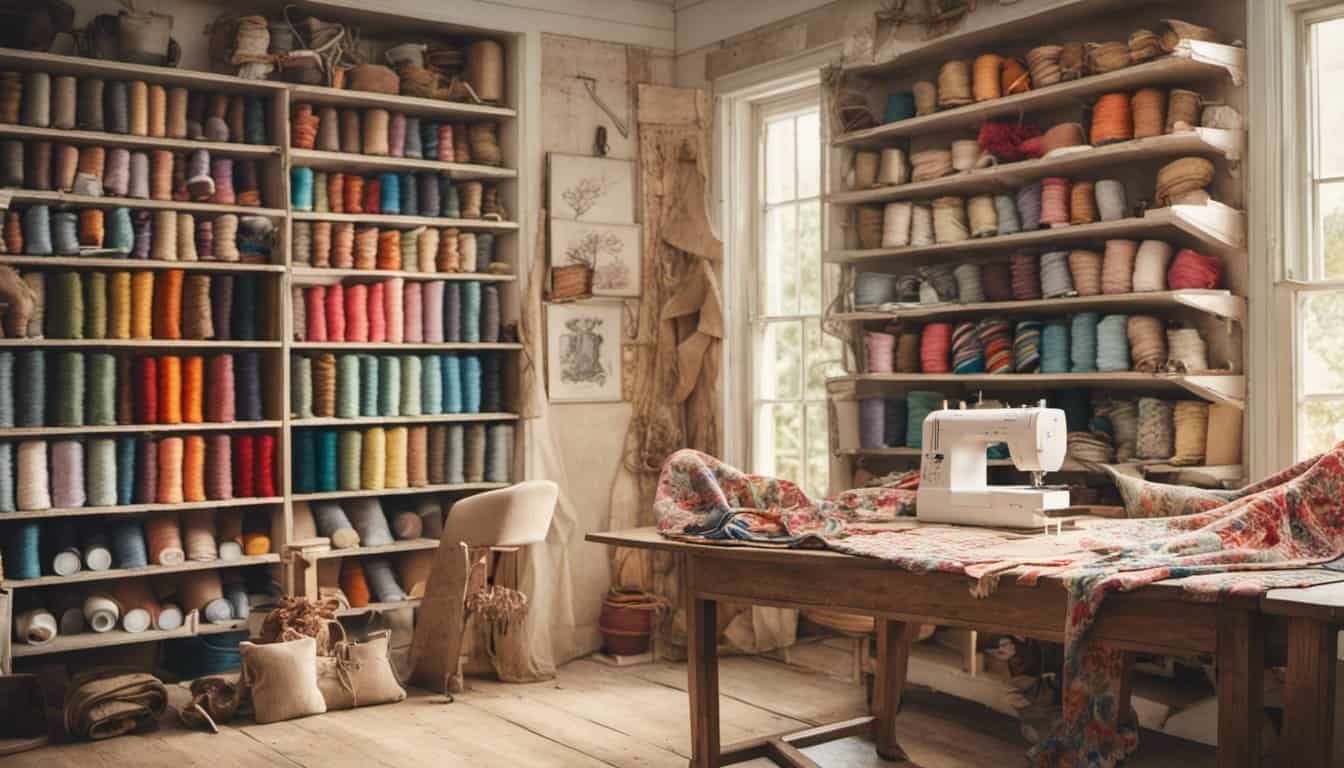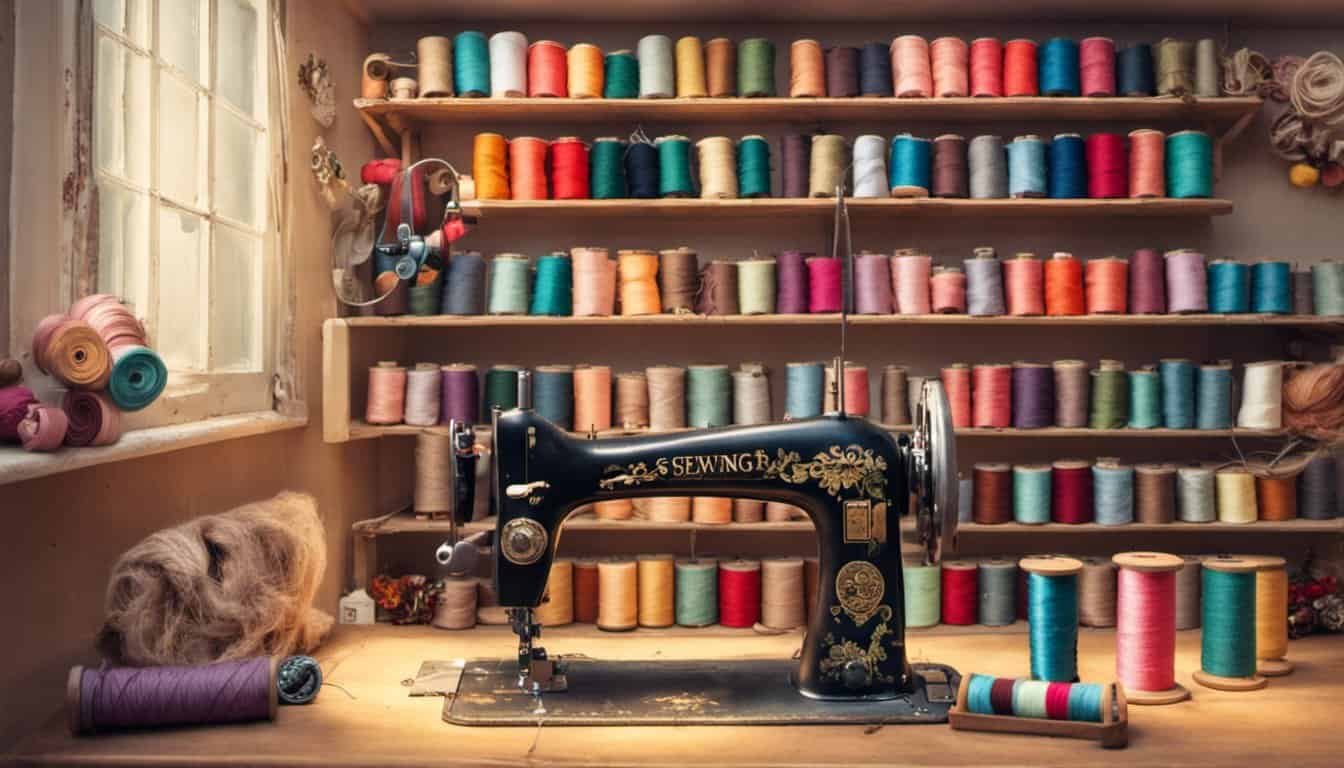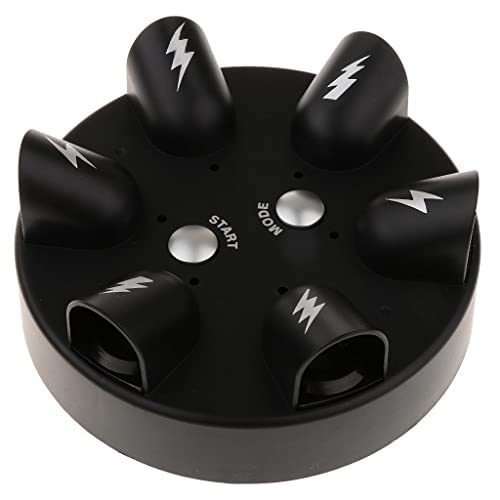Are you tired of your clothes falling apart after a few washes? Are you looking for a more durable solution to fix that tear in your favorite shirt? If so, you’ve come to the right place. In this article, we’ll explore the age-old debate of sewing versus gluing and help you determine which method is truly better. So, grab your needle and thread or your trusty glue gun, and let’s dive into the world of fabric repairs.
When it comes to repairing fabrics, many people swear by sewing as the superior method. And it’s not hard to see why. Sewing offers a level of strength and durability that gluing simply can’t match. By interlocking the threads, you create a bond that can withstand the test of time. But is sewing always the best option? In this article, we’ll examine the pros and cons of both sewing and gluing, so you can make an informed decision the next time you’re faced with a fabric repair.
Whether you’re a seasoned seamstress or a crafting enthusiast, the debate between sewing and gluing is one that you’ve likely encountered. While sewing may be the traditional choice, gluing has gained popularity in recent years. But is it truly a worthy alternative? In this article, we’ll delve into the advantages and disadvantages of each method, helping you decide which one is right for your specific needs. So, let’s settle the sewing versus gluing debate once and for all.
What Is Sewing?
Sewing is a versatile and time-honored technique that allows you to join fabric together using a needle and thread. It is a fundamental skill in the world of crafting and is used in a wide range of applications, from clothing construction to embroidery and quilting. So, what makes sewing such a popular choice for fabric repairs?
Strength and Durability: Sewing provides a strong and durable bond between two pieces of fabric. With every stitch, the thread intertwines with the fabric, creating a secure connection that can withstand regular wear and tear. The strength of sewn repairs is especially beneficial for items like clothing, bags, and upholstery, where durability is key.
Flexibility and Adaptability: When you sew, you have control over the tension and type of stitch used, allowing you to adapt to different fabrics and repair needs. You can use various stitches, such as straight stitches, zigzag stitches, and even decorative stitches, depending on the purpose of the repair. This flexibility enables you to tailor your sewing technique to suit the specific fabric and repair requirements.
Longevity: One of the significant advantages of sewing is that it can last a lifetime. Unlike some adhesive methods, sewn repairs tend to withstand the test of time. This is particularly important when dealing with high-stress areas or items that will undergo frequent use, such as jeans pockets or handbags. By sewing them back in place, you ensure the longevity of the repair.
Versatility: Sewing is not limited to repairing holes and tears. It also allows you to add embellishments, patches, or even create decorative elements from scratch. This opens up a world of creative possibilities, enabling you to personalize and transform your garments and accessories.
So, whether you’re looking to mend your favorite pair of jeans, embellish a plain T-shirt, or create a unique piece of fabric art, sewing is an invaluable skill to have. The strength, flexibility, longevity, and versatility it offers make it a preferred method for fabric repairs.
Next, we’ll take a closer look at the alternative method of gluing and its pros and cons. Remember, there’s no one-size-fits-all answer when it comes to choosing between sewing and gluing. It ultimately depends on your specific repair needs and personal preferences.
What is Gluing?
When it comes to fabric repairs, you might have heard about gluing as an alternative to sewing. Gluing involves using adhesive to bond fabric pieces together, instead of stitching them with a needle and thread. It has gained popularity in recent years and offers some advantages for certain types of projects. Let’s take a closer look at what gluing entails.
How does gluing work?
Gluing utilizes special fabric adhesives that are designed to create a strong bond between fabric pieces. These adhesives can be applied directly to the fabric and allow it to stick together once it dries. Gluing can be done with the help of various tools, such as glue guns or fabric glue pens, which make the application process easier and more precise.
The pros of gluing
- Simplicity: Gluing is a much simpler technique compared to sewing. It doesn’t require any sewing skills or knowledge of different stitches. Anyone can use fabric adhesive and achieve satisfactory results.
- Time-saving: Gluing is often quicker than sewing, especially for small repairs or projects. It eliminates the need for threading needles, making stitches, and securing the ends. With gluing, you can bond fabric pieces together in a matter of minutes.
- No puncture holes: Sewing involves piercing the fabric with a needle, which can leave puncture holes. Depending on the fabric, these holes can weaken the overall structure. With gluing, there are no puncture holes, making it a suitable option for delicate fabrics.
The cons of gluing
- Limited strength: While gluing can provide a temporary fix for certain fabric repairs, it may not be as strong and durable as sewing. Stitches create a strong interlocking bond that can withstand greater tension and stress compared to adhesive alone.
- Not suitable for all fabrics: Gluing works best with fabrics that have smooth surfaces and can adhere well to the adhesive. Textured or loosely-woven fabrics may not bond effectively with glue, resulting in a weaker repair.
- Limited flexibility: Sewing allows for flexibility and stretch in fabric, making it ideal for repairs that require movement, such as clothing alterations. Gluing, on the other hand, can create a rigid bond that restricts the fabric’s natural elasticity.
When deciding between sewing and gluing for your fabric repairs, consider the type of project, the fabric you’re working with, and your desired level of durability. Both methods have
Pros of Sewing
When it comes to fabric repairs, sewing has been the go-to technique for generations of crafters, and for good reason. Here are some of the key advantages of choosing sewing over gluing:

1. Strength and Durability: Sewing provides a strong and reliable bond between fabric pieces. Stitches create a network of interlocking threads, ensuring that your repairs stay in place, even under stress. Unlike glue, which can weaken over time, sewing maintains its strength and durability for the long haul.
2. Flexibility and Adaptability: Sewing offers flexibility and adaptability in your repairs. By choosing different stitch types and patterns, you can tailor the repair to suit the specific needs of your fabric. Whether you’re fixing a delicate silk blouse or patching up a sturdy denim jacket, sewing allows you to customize your repair for the best results.
3. Longevity: When it comes to longevity, sewing has a proven track record. The strength of stitches and the durability of thread hold up well over time, ensuring that your repairs stay intact and withstand repeated wear and tear. This makes sewing an excellent choice if you want your repairs to last.
4. Creativity and Personalization: Sewing offers endless opportunities for creativity and personalization. With a wide array of threads and stitches at your disposal, you can add decorative elements or intricate designs to your repairs. This allows you to turn a simple repair into a unique and personalized statement piece.
Remember, while sewing may require some sewing skills and additional time compared to gluing, the benefits it offers make it an excellent choice for a variety of fabric repairs. From stronger bonds to greater flexibility and longevity, sewing is a reliable method that allows you to showcase your creativity while ensuring your repairs stand the test of time.
Cons of Sewing
« Unlock the Secrets of Sewing with Damask: A Luxe Fabric Tutorial You Can’t Afford to Miss
Unleash Your Creativity: The Ultimate Beginner’s Guide to Cross Stitching Will Blow Your Mind »
While sewing is a versatile and reliable method for fabric repairs, there are a few downsides to consider.
Time-consuming
One of the drawbacks of sewing is that it can be time-consuming, especially if you have a large project or intricate design. It requires a significant amount of concentration and precision to ensure that your stitches are neat and secure. If you’re in a rush or have limited time, sewing may not be the best option for you.
Requires sewing skills
Unlike gluing, sewing does require some level of sewing skills and knowledge. You need to know how to thread a needle, make different types of stitches, and use a sewing machine if you choose to go that route. If you are a beginner or lacking sewing experience, it might take some practice to get the hang of it. However, with a bit of patience and determination, you can develop these skills and become proficient in sewing.
Prone to wear and tear
Although sewing provides a strong and durable bond, it is not completely immune to wear and tear. Over time, the thread used in sewing can become frayed or weakened, leading to potential fabric damage. Additionally, if the stitches are not done correctly or with the right tension, they can start unraveling or loosen with frequent use. It’s important to regularly inspect your sewn repairs and handle them with care to prevent further damage.
Limited to certain fabric types
While sewing is suitable for a wide range of fabrics, there are some materials that may not be well-suited for sewing repairs. Delicate fabrics like silk, lace, or chiffon can be challenging to sew as they are prone to fraying or puckering. In some cases, sewing may leave visible puncture holes or marks on the fabric. If you are working with these delicate materials, you may want to consider alternative options such as fabric glue or iron-on patches.

Remember, these cons should not discourage you from sewing altogether. Sewing remains a reliable and popular choice for fabric repairs, but it’s important to understand its limitations and consider your specific needs when deciding on the best method for your project.
Pros of Gluing
While sewing is often the go-to method for fabric repairs, gluing can offer some advantages that shouldn’t be overlooked. Here are a few reasons why gluing might be a viable option for your crafting needs:
Quick and Easy
Gluing is a much simpler process compared to sewing. With just a few squeezes of a glue bottle, you can quickly bond fabrics together. This makes it ideal for repairs that require a speedy fix or for those who don’t have sewing skills. If you’re in a pinch and need to mend a torn garment or finish a craft project on a tight deadline, gluing can save you valuable time.
Versatility
While sewing may require specific tools and techniques for different fabrics, gluing is more versatile in terms of materials. Glue can adhere to a wide variety of fabrics, including delicate ones that may not be suitable for sewing. So, whether you’re working with silk, lace, or even leather, gluing can provide a practical solution without compromising the integrity of the fabric.
Bond Strength
With advancements in glue technology, there are now specialized fabric glues that offer strong bonds. These glues are specially formulated to withstand the stresses and strains of daily use. So, if you’re repairing a heavily used item like a backpack or a pair of jeans, gluing can provide a durable solution that will hold up over time.

Neater Finish
When you’re gluing fabric, you can achieve a seamless, almost invisible finish. Unlike sewing, where the stitches can sometimes be visible on the surface of the fabric, gluing allows for a cleaner, more polished look. This can be particularly advantageous for repairs on garments or items where aesthetics are important.
It’s important to note that gluing may not be suitable for all fabric repairs. Consider the type of material, the level of durability required, and the intended use of the item when deciding between sewing and gluing. While gluing offers some benefits, sewing still remains the superior method when it comes to strength, flexibility, and longevity. So, make sure to weigh the pros and cons before making your final decision.
Cons of Gluing
While gluing may seem like a convenient option for fabric repairs, it does have its drawbacks. Here are a few cons to consider before reaching for the glue:
1. Durability: One of the main concerns with gluing fabrics is the durability of the bond. While modern glues have come a long way, they still may not hold up as well as a properly sewn seam, especially when dealing with heavy fabrics or garments that will be subjected to frequent use or washing.
2. Flexibility: Gluing fabric can result in a stiff and less flexible repair. Sewing allows for the natural movement of the fabric, ensuring that the repaired area blends seamlessly with the rest of the garment or project. This is particularly important for items like clothing or accessories that require freedom of movement.

3. Adaptability: Gluing limits your options when it comes to making adjustments or alterations to a garment or project. With sewing, you have the ability to unpick stitches and modify your design as needed. Gluing, on the other hand, is a more permanent solution that doesn’t offer the same level of adaptability.
4. Longevity: Over time, glued fabric repairs may start to degrade. Exposure to heat, moisture, or frequent use can weaken the glued bond, resulting in a repair that eventually comes apart. Sewn seams, on the other hand, tend to hold up better in the long run, providing a more reliable and lasting solution.
Remember, while gluing may be quick and easy, it may not always be the best choice for every fabric repair project. Consider the durability, flexibility, adaptability, and longevity you desire for your repair and choose the method that best fits your needs. It’s always a good idea to test a small, inconspicuous area before committing to the gluing method to ensure that it will meet your expectations.
Comparison Between Sewing and Gluing
When it comes to fabric repairs, the age-old debate between sewing and gluing is still going strong. As an expert in all things sewing, embroidery, knitting, and crafts in general, let me break down the key factors to consider when comparing these techniques.
Versatility and Strength
Sewing takes the lead in terms of versatility and strength. With a needle and thread, you can tackle a wide range of repairs, from fixing a ripped seam to attaching patches. The interlocking stitches provide a strong bond that can withstand frequent use and stretching. Plus, sewing allows for adjustments and modifications, perfect for tailored pieces or those in need of alterations.

On the other hand, gluing offers its own advantages. It’s quick and easy, making it an attractive option for small, time-sensitive repairs. The advancements in glue technology have also resulted in stronger bonds. The right adhesive can provide a lasting hold, especially for non-fabric materials such as leather, plastic, or metal.
Flexibility and Adaptability
When it comes to flexibility and adaptability, sewing once again proves to be a winner. The nature of stitches allows the fabric to retain its natural stretch and movement, ensuring a comfortable fit and longevity. It can also handle different fabric types, from delicate silk to sturdy denim.
Gluing, on the other hand, may not be as flexible. Some adhesives can stiffen the repaired area, restricting its movement. This could be problematic, especially for items that require flexibility, such as clothing or accessories. However, gluing is versatile in terms of materials, making it suitable for various projects like embellishing crafts or adding decorative elements.
Durability and Longevity
When it comes to durability and longevity, sewing takes the crown once again. The interlocking stitches create a strong bond that can stand up to wear and tear. With proper care, a sewn repair can last for years, maintaining both its strength and appearance.
Gluing, however, raises some concerns in terms of durability. While advancements in glue technology have resulted in stronger bonds, adhesive repairs may degrade over time. Factors like heat, moisture, or frequent washing can weaken the bond, leading to the need for reapplication or causing the repair to fail altogether.

Both sewing and gluing have their merits and drawbacks. Sewing offers versatility, strength, flexibility, adaptability, and longevity, making it a top choice for many fabric repairs. Gluing
Conclusion
When it comes to the debate between sewing and gluing for fabric repairs, it’s clear that both methods have their pros and cons. Sewing is often considered superior due to its strength, durability, and versatility. It provides a strong bond, flexibility, adaptability, and longevity. On the other hand, gluing has gained popularity for its simplicity and speed. It’s quick and easy to use, and advancements in glue technology have made it possible to achieve strong bonds and neater finishes.
However, it’s important to consider the drawbacks of gluing. Concerns about durability, flexibility, adaptability, and longevity arise when using glue for fabric repairs. Sewing, on the other hand, allows for adjustments and modifications, ensuring that repairs can stand the test of time.
Ultimately, the choice between sewing and gluing depends on the specific project, fabric, and desired durability. Consider the type of repair you need to make, the materials involved, and how long you want the repair to last. By carefully weighing the pros and cons of both methods, you can make an informed decision that will result in a successful fabric repair.













